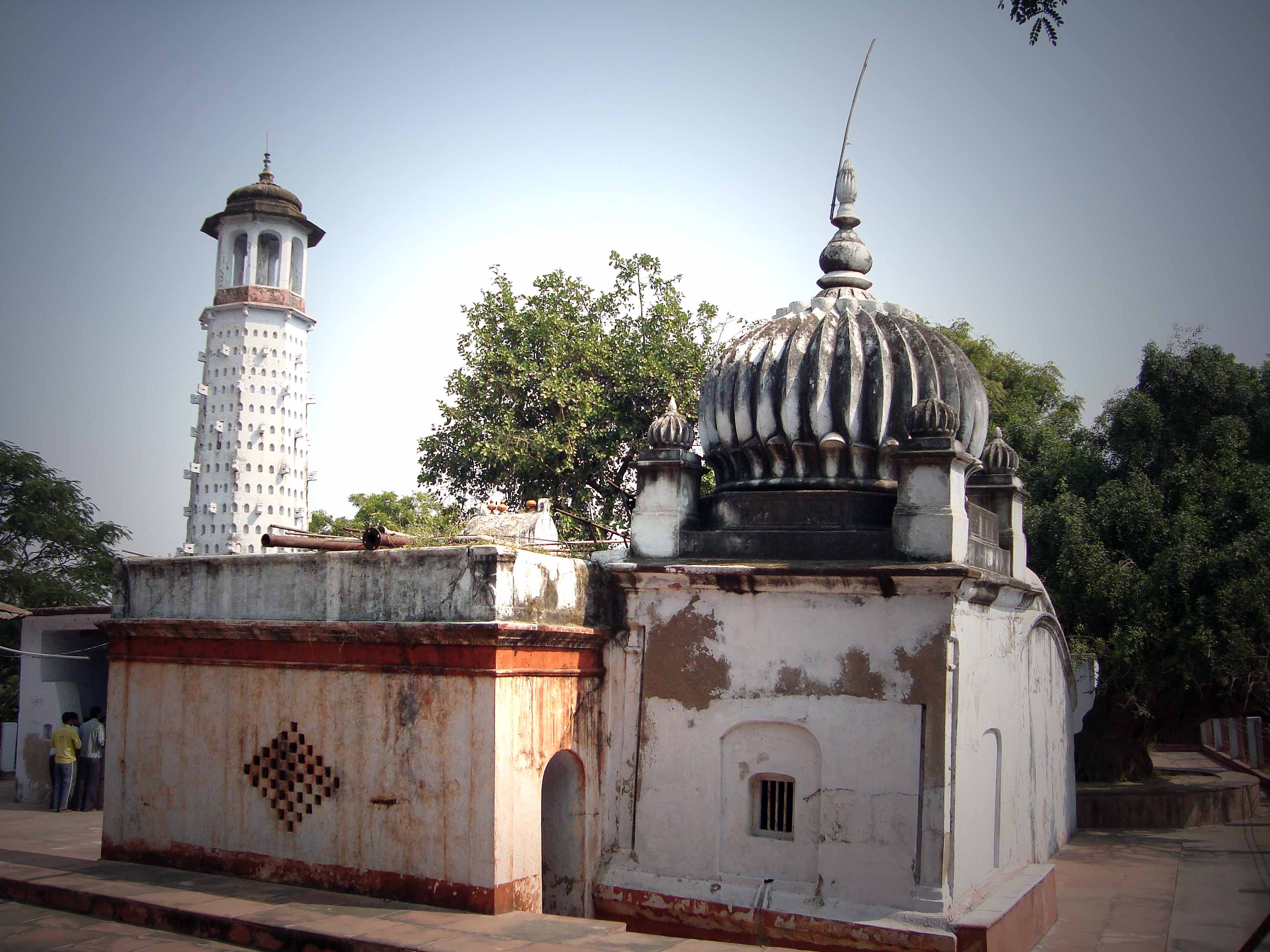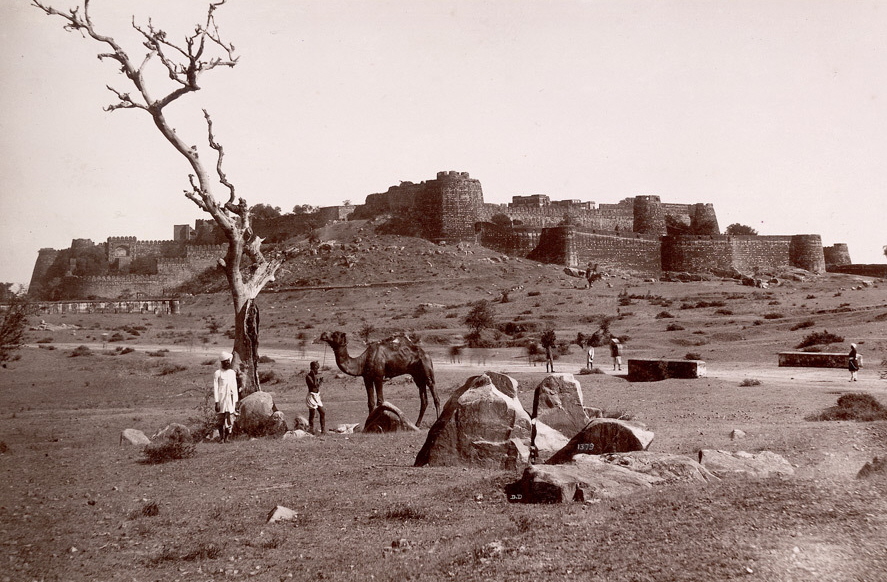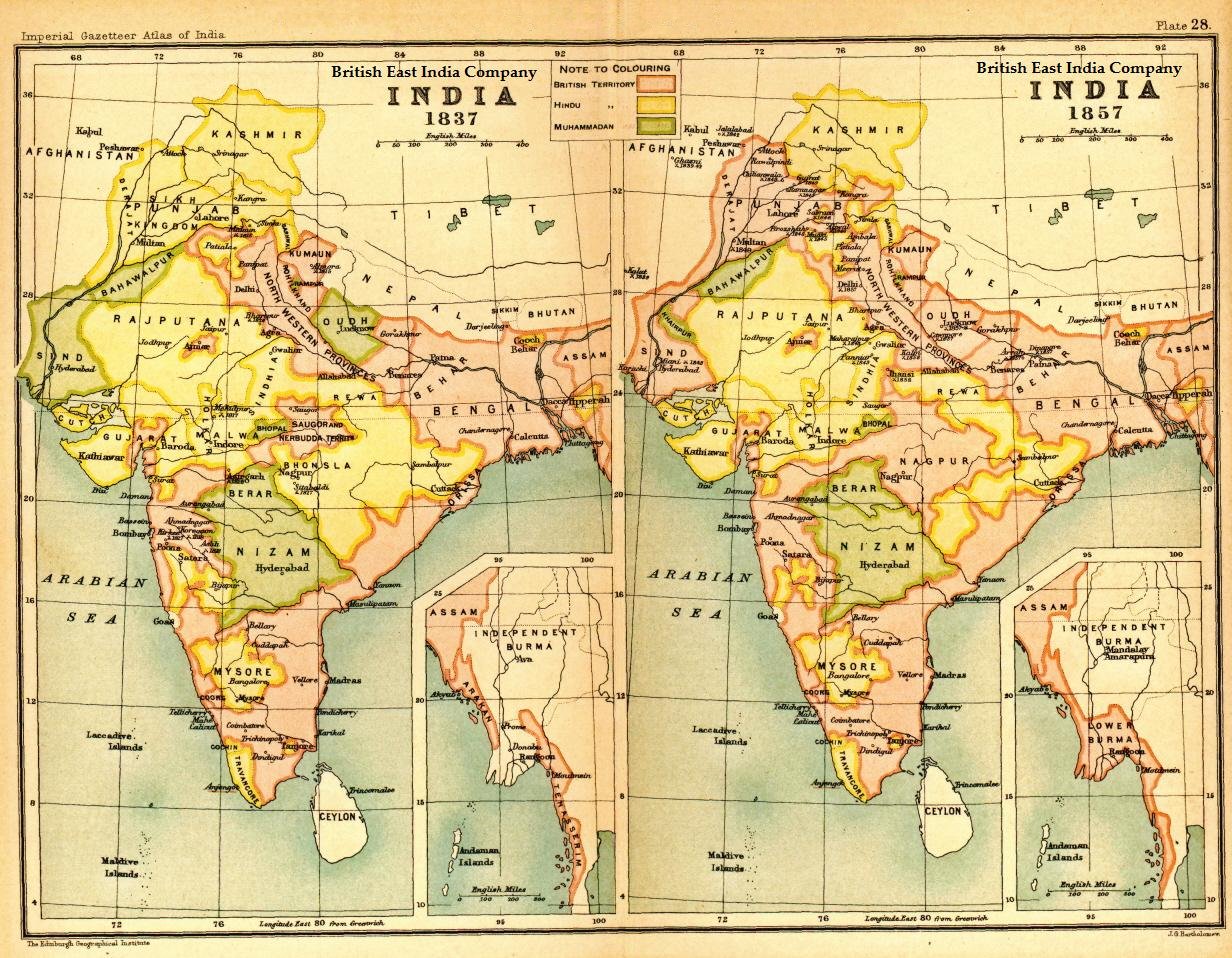|
Bithur
Bithoor or Bithur is a town in Kanpur district, 25 km (15mi) by road north of the centre of Kanpur city, in Uttar Pradesh, India. Bithoor is situated on the right bank of the River Ganges, and is a centre of Hindu pilgrimage. Bithoor is also the centre for War of Independence of 1857 as Nana Sahib, a popular freedom fighter who was based there. The city is enlisted as a municipality of Kanpur metropolitan area. History Bithur was listed in the '' Ain-i Akbari'' ( 1595) as a '' mahal'' under '' sarkar'' Kannauj. It was listed with an assessed revenue of 2,921,389 ''dam''s and was expected to supply 5,000 infantry and 300 cavalry to the Mughal army. Bithoor has been closely associated with the Indian independence movement, especially the Indian Rebellion of 1857. It was at one time home to many of the rebellion's most prominent participants including the Rani of Jhansi, Lakshmi Bai. During the British Raj, Bithoor used to be part of Cawnpore district (now Kanpur) in the ... [...More Info...] [...Related Items...] OR: [Wikipedia] [Google] [Baidu] |
Nana Sahib
Nana Saheb Peshwa II (19 May 1824 – after 1857), born Dhondu Pant, was an Indian aristocrat and fighter who led the Siege of Cawnpore (Kanpur) during the Indian Rebellion of 1857 against the East India Company. As the adopted son of the exiled Maratha Peshwa, Baji Rao II, Nana Saheb believed he was entitled to a pension from the Company. However, after being denied recognition under Lord Dalhousie's doctrine of lapse, he joined the 1857 rebellion and took charge of the rebels in Kanpur. He forced the British garrison in Kanpur to surrender and subsequently ordered the killing of the survivors, briefly gaining control of the city. After the British recaptured Kanpur, Nana Saheb disappeared, and conflicting accounts surround his later life and death. Early life Nana Saheb was born on 19 May 1824 as Nana Govind Dhondu Pant, to Narayan Bhat and Ganga Bai. After the Marathas were defeated in the Third Anglo-Maratha War, the East India Company exiled Peshwa Baji Rao II to Bith ... [...More Info...] [...Related Items...] OR: [Wikipedia] [Google] [Baidu] |
Bithoor 013
Bithoor or Bithur is a town in Kanpur district, 25 km (15mi) by road north of the centre of Kanpur city, in Uttar Pradesh, India. Bithoor is situated on the right bank of the River Ganges, and is a centre of Hindu pilgrimage. Bithoor is also the centre for War of Independence of 1857 as Nana Sahib, a popular freedom fighter who was based there. The city is enlisted as a municipality of Kanpur metropolitan area. History Bithur was listed in the '' Ain-i Akbari'' ( 1595) as a '' mahal'' under '' sarkar'' Kannauj. It was listed with an assessed revenue of 2,921,389 '' dam''s and was expected to supply 5,000 infantry and 300 cavalry to the Mughal army. Bithoor has been closely associated with the Indian independence movement, especially the Indian Rebellion of 1857. It was at one time home to many of the rebellion's most prominent participants including the Rani of Jhansi, Lakshmi Bai. During the British Raj, Bithoor used to be part of Cawnpore district (now Kanpur) in the ... [...More Info...] [...Related Items...] OR: [Wikipedia] [Google] [Baidu] |
Peshwa
The Peshwa was the second highest office in the Maratha Empire, next in rank and prestige only to that of the Chhatrapati. Initially serving as the appointed prime minister in the Maratha Kingdom, the office became hereditary when Shahu gave the seat of Peshwa to Bajirao I, Bajirao Ballal. During the reign of Shahu, the office of Peshwa grew in power and the Peshwas came to be the ''de facto'' rulers of the Maratha Confederacy. Eventually, the Chhatrapati title became titular and the main heads were the Peshwas according to the Sangola pact. All Peshwas during the rule of Shivaji, Sambhaji and Rajaram I, Rajaram belonged to Marathi people, Marathi Deshastha Brahmin community. The first Peshwa was Moropant Trimbak Pingle, Moropant Pingle, who was appointed as the head of the Ashta Pradhan (council of eight ministers) by Shivaji, the founder of the Maratha Kingdom. The initial Peshwas were all ministers who served as the chief executives to the king. The later Peshwas held the h ... [...More Info...] [...Related Items...] OR: [Wikipedia] [Google] [Baidu] |
Rani Lakshmibai
The Rani of Jhansi (born Manikarnika Tambe; 1828 or 1835 – 18 June 1858), also known as Rani Lakshmibai, was one of the leading figures of the Indian Rebellion of 1857. The queen consort of the princely state of Jhansi from 1843 to 1853, she assumed its leadership after the outbreak of conflict and fought several battles against the British. Her life and deeds are celebrated in modern India and she remains a potent symbol of Indian nationalism. Born into a Marathi family in Varanasi, Manikarnika Tambe was married to the raja of Jhansi, Gangadhar Rao, at a young age, taking the name Rani Lakshmibai. The couple had one son but he died young, and so when Gangadhar Rao was on his deathbed in 1853, he adopted a young relative to be his successor. The British East India Company, the overlord of Jhansi, refused to recognise this succession and annexed Jhansi under the Doctrine of Lapse, ignoring the Rani's vigorous protests to the Governor-General Lord Dalhousie. In May 185 ... [...More Info...] [...Related Items...] OR: [Wikipedia] [Google] [Baidu] |
War Of Independence Of 1857
The Indian Rebellion of 1857 was a major uprising in India in 1857–58 against Company rule in India, the rule of the East India Company, British East India Company, which functioned as a sovereign power on behalf of the The Crown, British Crown. The rebellion began on 10 May 1857 in the form of a mutiny of sepoys of the company's army in the garrison town of Meerut, northeast of Delhi. It then erupted into other mutinies and civilian rebellions chiefly in the Ganges Basin, upper Gangetic plain and central India, though incidents of revolt also occurred farther north and east. The rebellion posed a military threat to British power in that region, and was contained only with the rebels' defeat in Gwalior on 20 June 1858., , and On 1 November 1858, the British granted amnesty to all rebels not involved in murder, though they did not declare the hostilities to have formally ended until 8 July 1859. The Names of the Indian Rebellion of 1857, name of the revolt is contested, an ... [...More Info...] [...Related Items...] OR: [Wikipedia] [Google] [Baidu] |
United Provinces Of Agra And Oudh
The United Provinces of Agra and Oudh was a province of India under the British Raj, which existed from 22 March 1902 to 1937; the official name was shortened by the Government of India Act 1935 to United Provinces (UP), by which the province had been commonly known, and by which name it was also a province of independent India until 1950. It corresponded approximately to the present-day Indian states of Uttar Pradesh (UP) and Uttarakhand. Allahabad served as the administrative headquarters and the capital of the province. Two years after the annexation of Oudh State in 1856, ''i.e.'' after 1858 and until 1902, the region had existed as North-Western Provinces and Oudh, Oudh being a Chief Commissionership. Lucknow became its capital some time after 1921. Nainital was the summer capital of the province. History By the 18th century, the once vast Mughal Empire was collapsing, undone by internal dissension and by expansion of the Marathas from the Deccan, the British from B ... [...More Info...] [...Related Items...] OR: [Wikipedia] [Google] [Baidu] |
British Raj
The British Raj ( ; from Hindustani language, Hindustani , 'reign', 'rule' or 'government') was the colonial rule of the British The Crown, Crown on the Indian subcontinent, * * lasting from 1858 to 1947. * * It is also called Crown rule in India, * * * * or direct rule in India. * Quote: "Mill, who was himself employed by the British East India company from the age of seventeen until the British government assumed direct rule over India in 1858." * * The region under British control was commonly called India in contemporaneous usage and included areas directly administered by the United Kingdom of Great Britain and Ireland, United Kingdom, which were collectively called ''Presidencies and provinces of British India, British India'', and areas ruled by indigenous rulers, but under British British paramountcy, paramountcy, called the princely states. The region was sometimes called the Indian Empire, though not officially. As ''India'', it was a founding member of th ... [...More Info...] [...Related Items...] OR: [Wikipedia] [Google] [Baidu] |
Indian Rebellion Of 1857
The Indian Rebellion of 1857 was a major uprising in India in 1857–58 against Company rule in India, the rule of the East India Company, British East India Company, which functioned as a sovereign power on behalf of the The Crown, British Crown. The rebellion began on 10 May 1857 in the form of a mutiny of sepoys of the company's army in the garrison town of Meerut, northeast of Delhi. It then erupted into other mutinies and civilian rebellions chiefly in the Ganges Basin, upper Gangetic plain and central India, though incidents of revolt also occurred farther north and east. The rebellion posed a military threat to British power in that region, and was contained only with the rebels' defeat in Gwalior on 20 June 1858., , and On 1 November 1858, the British granted amnesty to all rebels not involved in murder, though they did not declare the hostilities to have formally ended until 8 July 1859. The Names of the Indian Rebellion of 1857, name of the revolt is contested, an ... [...More Info...] [...Related Items...] OR: [Wikipedia] [Google] [Baidu] |
Dam (Indian Coin)
A dam was a small Indian copper coin. The coin was first introduced by Sher Shah Suri during his rule of India between 1540 and 1545, along with '' Mohur'', the gold coin and '' Rupiya'' the silver coin. Later on, the Mughal Emperors standardised the coin along with other silver ''( Rupiya)'' and gold ''( Mohur)'' coins in order to consolidate the monetary system across India. A rupee was divided into 40 dams. It is believed that this coin is one of the possible sources for the English word " damn" and the phrase "''I don't care a damn''", due to its small worth. See also * Nepalese dam * Mohur * Coinage of India The Coinage of India began anywhere between early 1st millennium BCE to the 6th century BCE, and consisted mainly of copper and silver coins in its initial stage.Allan & Stern (2008) The coins of this period were '' Karshapanas'' or ''Pana' ... References {{Historic Indian currency and coinage Historical currencies of India Sur Empire Coins ... [...More Info...] [...Related Items...] OR: [Wikipedia] [Google] [Baidu] |
Kannauj
Kannauj (Hindustani language, Hindustani pronunciation: ) is an ancient city, administrative headquarters and a municipal board or Nagar palika, Nagar Palika Parishad in Kannauj district in the Indian States and territories of India, state of Uttar Pradesh. It is located 113 km (71 mi) from Etawah, 93 km (58 mi) from Kanpur, 129 km (81 mi) from Lucknow. The city's name is an evolved form of the classical name ''Kanyakubja''. During the ancient Vedic period, it was the capital city of the Pañcāla, Panchala Kingdom during the reign of king Vajrayudha. In the medieval era, it formed the core of the Kingdom of Kannauj and was ruled by multiple successive royal families. It was also known as ''Mahodaya'' during the time of Mihira Bhoja. It is situated 104 kilometres west of the state capital, Lucknow. Kannauj is famous for distilling of scents and perfumes. It is known as "India's perfume capital" and is famous for its traditional Kannauj Perfume, a g ... [...More Info...] [...Related Items...] OR: [Wikipedia] [Google] [Baidu] |
Sarkar (administrative Division)
Sarkar (, , , also spelt Circar) was a historical administrative division, used mostly in the Mughal Empire. It was a division of a Subah or province. A sarkar was further divided into Mahallas or Parganas. The Sarkar system was replaced in the early 18th century by the Chakla system. Examples * Northern Circars, the five individual districts making up a former division of British India's Madras Presidency * Rajamundry Sarkar, one among the Northern Circars * Pakhli, an ancient sarkar now part of Hazara, Pakistan * Pakhal Sarkar, an area of Mansehra district in Khyber Pakhtunkhwa, Pakistan See also * Administrative divisions of India The administrative divisions of India are subnational administrative units of India; they are composed of a nested hierarchy of administrative divisions. Indian states and territories frequently use different local titles for the same level ... * Subah or Taraf, Pargana or Mahal, Mauza or Pir References Subdivisions of the Mu ... [...More Info...] [...Related Items...] OR: [Wikipedia] [Google] [Baidu] |






